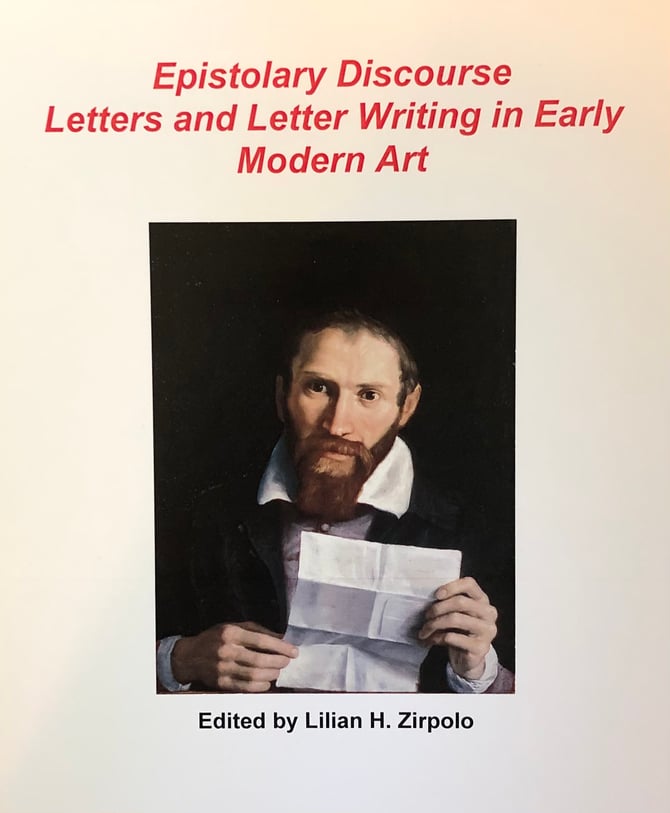
Epistolary Discourse: Letters and Letter Writing in Early Modern Art
While cultural historians have recently published a number of studies on letters and letter writing in Early Modern Europe, the subject has not been sufficiently explored from an art historical perspective, though letters have been used by scholars to better understand masters’ oeuvres, their associations and friendships, patronage, educational level, and other pertinent matters. Some texts offer insight into the prominence of the theme in art, though most deal with Dutch paintings, where women are confined to the domestic setting usually reading a love letter. However, letters and letter writing are depicted in other contexts and these have been ignored to a great extent. Indeed, Early Modern epistolary discourse falls into both private and public categories. In the private sector, the Early Modern period saw a significant increase in literacy, especially among women, mainly due to the development of the printing press and the subsequent proliferation of texts. In the Medieval Era, women from the aristocracy and mercantile class dictated their correspondence to scribes in their vernacular language and had letters read aloud in family circles. By the Early Modern Era, they were writing their own letters and their circle of correspondents expanded beyond family to form networks of friendship and patronage. In the public sector, members of the papal curia exchanged letters to publicize new statutes, while spiritual leaders in general often corresponded to offer religious instruction and guidance. Travelers wrote letters to inform of their experiences abroad, and merchants used the rhetorical form to exchange information on financial events or to issue letters of credit and other financial instruments. Further, the renewed interest in antiquity during the Renaissance revealed the epistles of Pliny, Cicero, Seneca, and others, resulting in the revival of humanist letter-writing, such as those composed by Erasmus of Rotterdam. For the learned, letters could be a form of rhetorical self-fashioning, as often these were made public, revealing the friendships and patronage they enjoyed from powerful individuals. No less significant is the fact that a new literary genre emerged at this time: the novel written in epistolary form, such as Jean-Jacques Rousseau’s La nouvelle Héloise (1661). The present anthology contributes new art historical scholarship to the study of Early Modern epistolary discourse.

